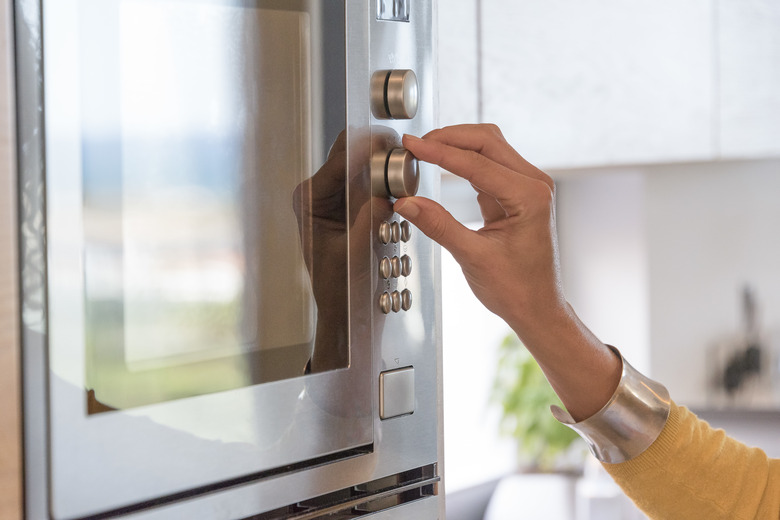Why Microwave Ovens Stop Working
As with any other convenience in life, you won't really appreciate your microwave until it stops working. Microwave oven repair is often simple enough for any reasonably handy person, and basic troubleshooting is straightforward. More significant repairs are often best left to the professionals.
Preparing for Microwave Oven Repair
Preparing for Microwave Oven Repair
Microwave oven repair is sometimes straightforward, but many problems fall outside the scope of casual home "fake it 'til you make it" repairs. A few important points:
- Don't attempt a repair if your microwave is still under warranty, because that voids your warranty. Also, why do it yourself when a professional will look after it for you?
- Always unplug the microwave before you remove the cover and begin testing.
- Capacitors can deliver a nasty and potentially lethal shock, even when the microwave is unplugged. If you can't recognize a capacitor on sight, you should probably leave any board-level troubleshooting to someone more experienced.
Microwave Has no Power
Microwave Has no Power
If your microwave has no power at all, that's actually good news because it means some of the simplest fixes may apply. To begin with, if your microwave stopped working in the middle of cooking, it might simply be a breaker (or fuse, in an older home). Check your panel, reset it if necessary and try again. If the breaker promptly blows again, there's an issue with the microwave and you should stop using it.
A second common problem, and easy fix, is that the microwave's main fuse may have blown. It's a cylindrical fuse, usually ceramic and usually rated for 20 or 25 amps. Remove it from the fuse holder, set your meter to its continuity setting if it has one or its ohms/resistance setting if not, and test the fuse. If it shows no continuity, or a resistance of infinity or zero, replace the fuse. It's the simplest microwave oven repair, one that most people are capable of.
Most microwaves also have a thermal cutout or "thermal fuse," to keep it from overheating. Those are a bit harder to spot but quite recognizable if you look up some images online. Disconnect the cutout from the board and test it for continuity. As with a conventional fuse, lack of continuity or a resistance of zero or infinity means the cutout should be replaced. The cutout's temperature rating will be printed on the side, and you should replace it with one of the same rating.
Microwave Won't Start
Microwave Won't Start
If your microwave has power but won't cook, it's often a problem with the door. The door's latch contains an interlock switch that keeps it from operating when the door isn't closed. If that fails, the microwave won't work.
To test the switch, unplug it and remove the cabinet. The switch is a "normally open" type, meaning you should only get continuity when its plunger/actuator button is pushed down. With the leads of your meter connected to the terminals (labeled C for common and NO for normally open), press the switch. If you don't get continuity, the switch is your culprit and needs to be replaced.
If the switch is working, the problem may lie with the spring-loaded door hooks, which close the door firmly, and trigger the interlock. If the hooks are worn or the springs have lost tension, they may not trigger the door switch properly. Replacing them requires disassembling and possibly removing the door. It takes some time but isn't especially difficult.
Microwave Won't Cook
Microwave Won't Cook
If the microwave starts fine but won't actually cook food, the problem is very often with the magnetron. You'll need to unplug and open the microwave, and then discharge the capacitor safely to avoid the risk of shock, according to Authorized Service Appliance Repair. If you aren't confident in your ability to do that safely, you should call in an appliance repair professional.
Once you have access to the magnetron, disconnect its wires and test them for continuity. You should show continuity of 2 to 3 ohms between the terminals. If there's no continuity between the terminals, or if there is continuity between the terminals and the magnetron's outer case, it will need to be replaced.
